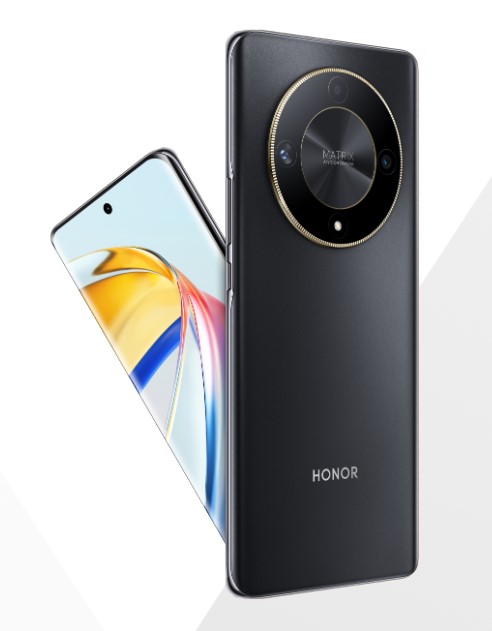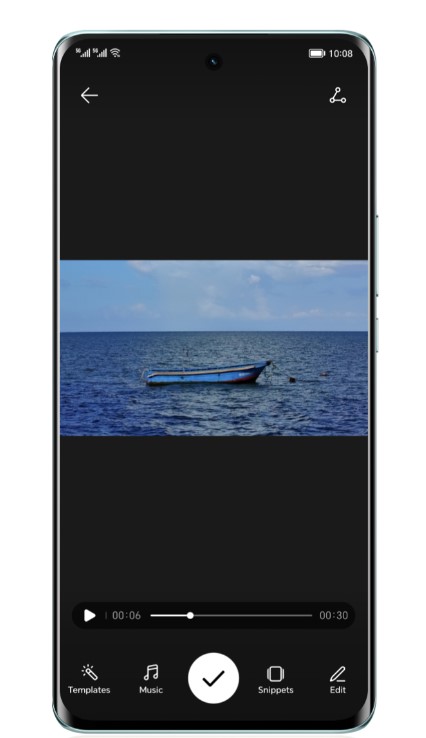Within the realm of smartphone photography, conversations often revolve around distinguishing between "optical zoom" and "digital zoom." Though both functions aim to magnify images, they operate in distinct manners, profoundly influencing the quality and adaptability of smartphone photography. Grasping the disparities between optical zoom and digital zoom is vital for users aiming to exploit the full potential of their phone cameras.
Grasping Optical Zoom and Digital Zoom in Phone Camera Technology
Optical Zoom
Optical zoom involves the physical movement of lens components within a camera to alter the focal length and optically magnify the subject. Unlike digital zoom, which crops and enlarges a section of the image, optical zoom preserves image clarity and detail by physically drawing the subject nearer without compromising resolution. The magnification capabilities of optical zoom primarily hinge on the camera system's hardware, including the arrangement of lens components and the range of focal lengths. Optical zoom proves particularly advantageous for capturing distant subjects or achieving close-up shots with minimal loss of quality, rendering it a favored option for photography enthusiasts and professionals alike.
Digital Zoom
In contrast to optical zoom, digital zoom relies on software manipulation to enlarge a section of the image captured by the camera sensor. When users activate digital zoom, the camera crops the original image and interpolates the remaining pixels to simulate a closer view. While digital zoom can extend the apparent reach of a smartphone camera, it often comes at the cost of image quality. Enlarging pixels through digital zoom can lead to pixelation, loss of detail, and a reduction in overall image sharpness, particularly when zooming beyond the optical capabilities of the lens. Despite its drawbacks, digital zoom can still prove useful for casual photography and situations where optical zoom is unavailable.

Quality and Adaptability
The primary divergence between optical and digital zoom lies in their impact on image quality and adaptability. Optical zoom excels in preserving image clarity and detail, making it indispensable for capturing high-quality photos across various shooting scenarios. Whether photographing landscapes, wildlife, or portraits, optical zoom offers users the flexibility to compose shots with precision and confidence. Conversely, while digital zoom extends the camera's reach, it compromises image quality and may yield inferior results, especially in low-light conditions or when photographing intricate subjects. Therefore, users should exercise caution when relying on digital zoom and strive to utilize optical zoom whenever feasible to achieve superior photographic outcomes.
Constraints and Factors to Consider
Despite its advantages, optical zoom has its limitations. The physical constraints of smartphone design often restrict the extent to which optical zoom can be implemented, resulting in narrower focal length ranges compared to standalone cameras. Conversely, while digital zoom offers greater magnification potential, it remains inherently limited by the resolution and sensor capabilities of the camera. Hence, users should weigh the trade-offs between optical and digital zoom based on their specific photography needs and priorities. The HONOR X9b supports 3x lossless optical zoom, catering to users' diverse imaging requirements. For comprehensive information about the HONOR Magic6 series, please visit the official website dedicated to the product line.

Conclusion
The distinction between optical zoom and digital zoom underscores the importance of comprehending their respective functionalities and implications for smartphone photography. While optical zoom prioritizes image quality and adaptability through physical lens adjustments, digital zoom extends the camera's reach through software manipulation at the expense of image fidelity. By acknowledging the strengths and limitations of both zoom technologies, users can make informed decisions when capturing memorable moments with their smartphone cameras, ensuring optimal results in a variety of shooting conditions and scenarios.
